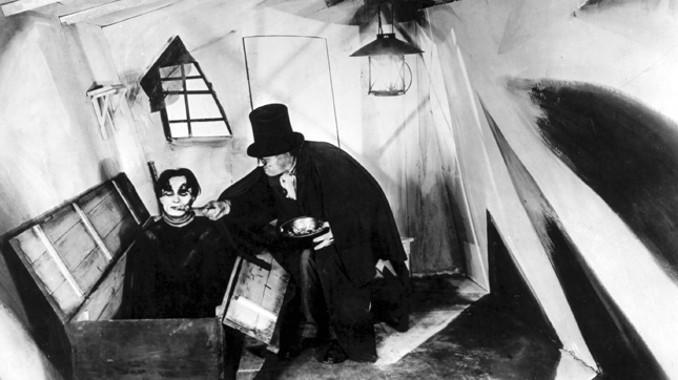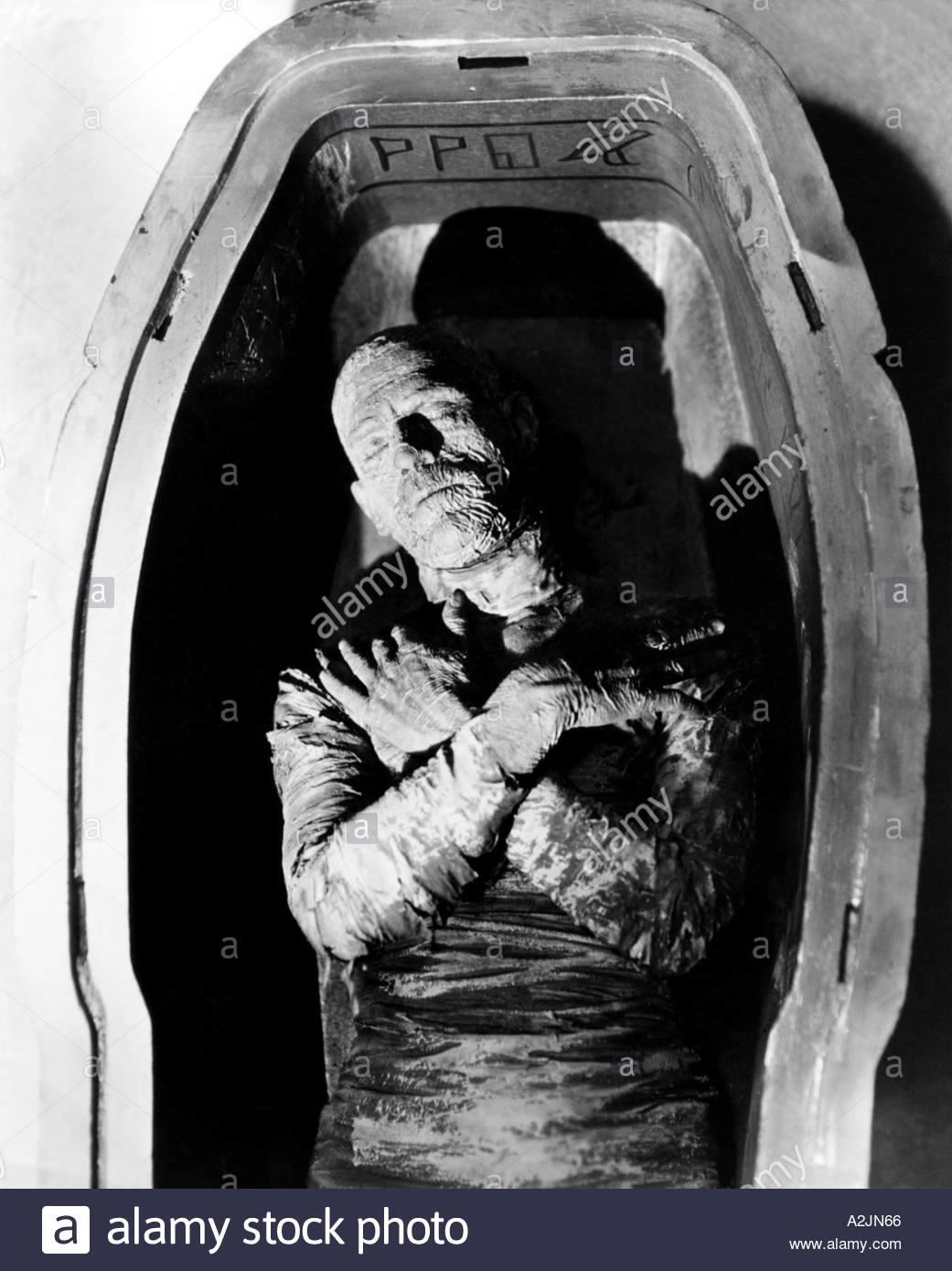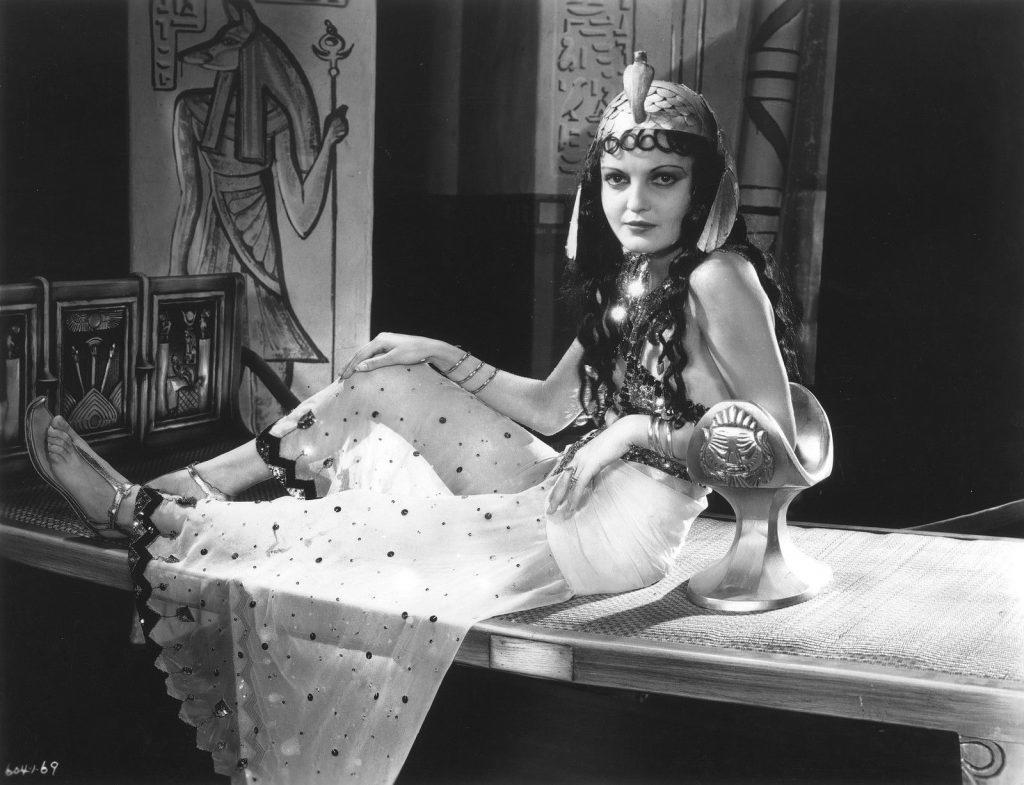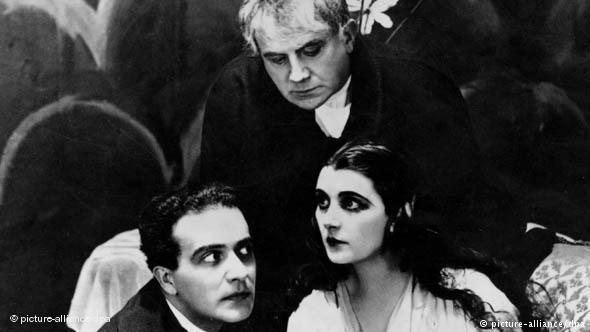Introduction
The films ‘The Mummy’ produced by Karl Freund and ‘Das Cabinet des Dr. Caligari’ are some of the earliest horror movies that based their plot on mysterious murders and the use of paranormal powers. ‘The Mummy’ is a film that blends the ancient Egyptian culture and practices with the ones in the early 20th century in Europe and North America. It focuses on an Egyptian mummy who is brought back to life and causes horror in the immortal body, but it is soon destroyed by the same paranormal powers that brought it back to life.
The film was produced on December 22, 1932, in the United States (Fraser 41). ‘Das Cabinet des Dr. Caligari’ is a flashback about the past horrific life of Francis in a different world where he and his fiancée went through numerous challenges because of the evil nature and brutality of Dr. Caligari. The film was produced on February 26, 1920, in Germany. Robinson says that ‘Das Cabinet des Dr. Caligari’ is considered one of the first true horror films, a genre that has gained popularity in modern society (27). In this paper, the focus is to compare and contrast the two films.
Karl Freund’s ‘The Mummy’
Genre
‘Mummy’ is a horror film. It elicits fear and shock, especially in the instance when a dead person is brought back to life. The Mummy, even after gaining life, retains a very scary face and uses its immortality to achieve selfish goals. When watching this film, shock and fear are some of the psychological reactions that one cannot avoid.
Story Plot
The film starts when Sir Joseph Whelmple and his team of archeologists make a rare discovery of an ancient Egyptian mummy. The archeologists, upon a careful investigation of the tomb and the mummy, established he was a high priest in the Egyptian kingdom and his name was Imhotep. The analysis of the tomb and the mummy revealed that Imhotep was buried alive. The team discovered a curse in the casket. Out of curiosity, Ralph Norton opens the curse against the warning of one of his colleagues.
Unknown to him, the ancient scroll had the capacity to bring back a dead person to life. As soon as Norton completes reading the script known as Scroll of Thoth, Imhotep- the mummy- rises from the dead and runs away with it. After several years and while posing as a modern Egyptian, Imhotep meets Helen, who has a remarkable resemblance to Princess Ankhesenamon. Believing that Helen is his long lost love for whom he was buried alive, he tries to kill her so that he could mummify and then resurrect her with the aim of making her his bride (Freund).
Filming Techniques
The most common filming technique used in this movie is tracking shots. The technique made it possible to have dynamic tracking images, with the foreground objects/items that enhance parallax. The technique used ensures that there is constant movement even when the characters and objects are not moving. The technique creates suspense among the audience because it leaves them wondering what is going to happen next. Over-the-shoulder shot is another common filming technique that has been used in this movie. This technique is specifically used when filming two characters having a conversation. For instance, it is used in the episode where Imhotep is talking with Helen just before she was rescued by the goddess Isis. Zooming is also used extensively in this film.
Film Editing
According to Dixon and Foster, film editing is a critical activity when making a movie (54). It helps in ensuring that footage is transformed into a movie with a clear storyline in a seamless manner to present a narrative. The film uses continuity editing. It embraces spatial continuity to advance the narrative. Montage is another technique that has been used in this film to signify the passage of time. It is used in the episode when Ralph Norton goes through a scroll to establish the circumstances under which the mummy died. The process takes some time.
Robert Wiene’s ‘Das Cabinet des Dr. Caligari’
Genre
The film ‘Das Cabinet des Dr. Caligari’ is a horror movie. Dr. Caligari is portrayed as a powerful but very evil man who uses brute force to achieve his goals. He uses Cesare to commit various murders in a cult manner. After the initial murders of Alan and others, the audience is left wondering who the next target for Dr. Caligari and his Cesare is going to be.
Story Plot
The film is a flashback, a memory of events that took place in the life of Francis. The memory is revived when Francis, while seated next to a friend, sees Jane, who passes them without saying a word. Francis claims that the lady, Jane, is his fiancée and that the two of them have gone through a great ordeal in the hands of Dr. Caligari. The film then focuses on the memories of Francis. In the film, the audience is introduced to Dr. Caligari, a mysterious man who wanted to present a spectacle at the fair. Dr. Francis and his friend Alan attended the fair.
When Dr. Caligari started his presentation, he opened a box that looked like a coffin, and in it was a sleeping Cesare. Dr. Caligari orders Cesare to answer questions from the audience. Alan asked Cesare how long he would live. Cesare tells Alan that he had till that down to be alive. That same night, a figure broke into Alan’s home and stabbed him to death while he was in bed.
Francis was horrified by the death of his friend and decided to investigate the murder. With the help of Dr. Olson and the police, he starts to investigate the mysterious activities of Dr. Caligari. Dr. Caligari escapes from the town as soon as he realizes that his evil ways are known to the public. He goes into an asylum. Francis follows him to investigate his activities over there. To his surprise, he realizes that Dr. Caligari is the director of the asylum.
He investigates the activities of this director with help from one of his assistants. Francis then alerts the police officers who come promptly and arrest Dr. Caligari and send him to prison. However, there is a twist towards the end of the story where Francis is the prisoner, instead of Dr. Caligari. In the twist of events, Francis, Jane, and Cesare are patients, and Caligari is a senior doctor who tries to find a cure for them (Wiene).
Filming Techniques
In this movie, various filming techniques are used to help bring out the intended impact on the audience. One of the filming techniques that are common throughout the film is tilt shots. Tilting up and down helps in enhancing suspense as the audience anticipates what is going to happen next. Tracking shots are also used extensively in this film. Panning shots are also used in this film in various episodes, especially when the characters are moving. It is used when Dr. Caligari visits the town clear to get a permit to perform in the coming fair.
Film Editing
In editing the film, the producer uses the affect and intention approach to continuity editing. The approach makes it possible to fill the gaps from one location to the other as the narrative in the film progresses. It makes it easy to move from the present where Francis is telling a story to his friend, to the time when he went through horrific experiences, and back to the present when the film comes to an end. Weinstock says that an effective editing strategy makes it possible for the audience to understand the narrative in the film without having additional support (81). Fade in-fade out is also used extensively, especially when moving from one episode to the other.
Comparing and Contrasting
Karl Freund’s ‘The Mummy’ and Robert Wiene’s ‘Das Cabinet des Dr. Caligari’ are early 20th century films that shaped the modern-day horror films. The two films, one produced in Germany while the other produced in the United States, try to address different conflicts in life in the ancient and the current societies at the time of their production. It is important to compare and contrast the two films and determine their impact on the modern-day film industry.
Similarities
The two films have a lot in common, although they were produced in different countries by different individuals. One of the striking similarities in the two films is the theme of horrific death. In the film ‘The Mummy’, the Imhotep was buried alive as a form of punishment. After he was brought to life, he tries to kill Helen, but she is rescued by the goddess Isis. In the film ‘Das Cabinet des Dr. Caligari’, Cesare is used as an angel of death.
He horrifically stabs Alan to death. Love is another common theme presented in both films. In ‘The Mommy’, Imhotep was in so in love with Princess Ankhesenamon that he tried to bring her back to life when she died. When he was brought back to life, he became obsessed with Helen, whom he believed was his lost love who had also been brought to life, as evident in this scene (“The Mummy”).
In ‘Das Cabinet des Dr. Caligari,’ Francis is depicted as a young man who was in love with Jane, as evident in this scene (“The Cabinet of Dr. Caligari”). The pain and sufferings that Jane and Francis went through were because of their love towards each other and the friendship they had towards Alan, who was brutally murdered by the agent of death. The use of casket is common in both films to signify death, as shown in figures 1 and 2 below.


Hope and triumph are common themes in the two stories. Helen was almost dying in the hands of Imhotep, who wanted to make her his bride. However, she believed and prayed to the goddess Isis for rescue. Her life is spared, and her attacker is killed instead. Jane was also at the mercy of Cesare, who was under instructions to kill her. She did not lose hope and continued to fight as she cried out for help when she was kidnapped. She is rescued by the crowd, and her attacker dies in the process.
Other than themes, the two films share a lot in terms of styles used to present the narrative. Suspense is a common style in both films. They both explain the existence of supernormal forces in society and how they can be dangerous when they are abused. In both films, there is the use of background music, a practice that has become common in most of the modern-day films. The style helps in enhancing continuity from one episode to the other even when the characters are not in action (Fraser 23).
In both films, there is an attempt to explain to the audience the events which are not brought out using the exact words of the characters. The possible reason for these similarities is that both films were produced soon after the Second World War. Many people lost their lives in horrific ways during the war, and these events influenced the narrative in the films.
Differences
It is important to appreciate the fact that although the two films share a number of common characteristics, they are different in various respects. One of the differences is in the use of words and sound. In ‘The Mummy,’ characters speak, and their voices are heard by the audience. Any further explanations given by the narrator in the film are given using sound. However, that is not the case in ‘Das Cabinet des Dr. Caligari’, where the only sound used is background music.
Everything else, including the conversations of the characters, is given in written words. This film was produced in the era of silent films, and it explains why written words are used instead of sounds. The setting of the two films is significantly different. In ‘The Mummy,’ the setting is in the ancient and modern era, Egypt intertwined. The film starts in a modern era in Egypt where explorers are trying to investigate the mummification of the dead in the ancient Egypt and specific tombs of some of the greatest rulers and royal families in the kingdom. Then it changes to the ancient Egyptian culture where people had to be mummified upon death.
On the other hand, ‘Das Cabinet des Dr. Caligari’ has a setting of the early 20th century Europe. Civilization was gaining shape at that time and people highly valued fairs and exhibitions. The dress code of characters in the two films helps in emphasizing the difference in the setting. The difference in the setting of the two films (one in ancient Egypt and the other in modern Europe) is captured in the two figures at the appendix (appendix 1 and 2). The main reason for the differences is that they were produced in different countries and by different people.
Conclusion
Karl Freund’s ‘The Mummy’ and Robert Wiene’s ‘Das Cabinet des Dr. Caligari’ are some of the earliest horror movies that many critics believe shaped this genre in the modern society. They bring out the power of the supernormal, and explain how that power can be dangerous in the hands of evil people interested in personal gains. Both films create fear and anxiety among the audience. Although they lack the sophistication of the modern-day film, they successfully bring out various themes such as love, death, pain and suffering, and hope. Although they are different in various ways, the two films share many characteristics.
Appendices


Works Cited
Dixon, Wheeler, and Gwendolyn Foster. A Short History of Film. Rutgers University Press, 2013.
Fraser, Peter. A Christian Response to Horror Cinema: Ten Films in Theological Perspective. McFarland & Company, Inc., Publishers, 2015.
Freund, Karl, director. The Mummy. Universal Studios, 1932.
Robinson, David. Das Cabinet Des Dr. Caligari. Palgrave Macmillan, 2013.
“The Cabinet of Dr. Caligari: Full Re-mastered Movie.” YouTube, uploaded by Old Classic Movies. 2017. Web.
“The Mummy: Official Trailer.” YouTube, uploaded by Bridges Stephen. 2016. Web.
Weinstock, Jeffrey. The Cambridge Companion to American Gothic. Cambridge University Press, 2017.
Wiene, Robert, director. The Cabinet of Dr. Caligari. Decla-Bioscop, 1920.